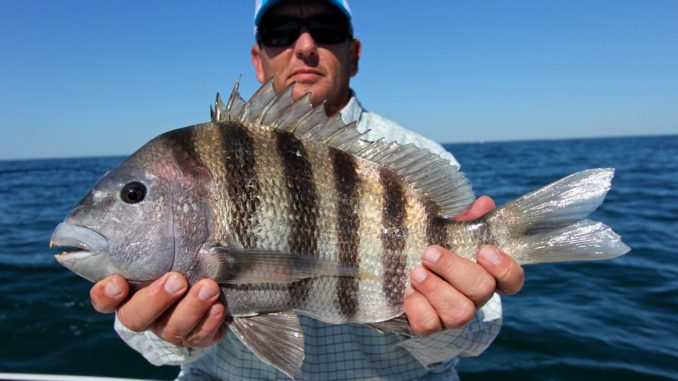
Pack a bucket of fiddler crabs and fill a cooler with tasty, challenging sheepshead.
Dead in the middle of the summer, Charleston anglers have something just as hot as the weather to target. Bait-stealing sheepshead are crushing baits and doing battle in around wooden, concrete or steel structures in waters all around the city. It’s time to put a smackdown on a heavy stringer of over-sized striped bandits well within the historic reaches of Charleston.
Charleston is one of the oldest cities in America, with a long history as a trade center because of its deep harbor and shipping. And every business along the historic waterways built docks, bulkheads and mooring dolphins. It’s safe to say that since Charles Town was founded in 1670, prime habitat for sheepshead was constantly being developed as barnacles, oysters and marsh mussels. If there was ever a place built for sheepshead, the historic Charleston Harbor would be just that locale.
Scott Hammond of Haddrell’s Point Tackle in West Ashley is a sheepshead fanatic. According to Hammond, these relic docks and moorings are perfect places to find sheepshead over the summer.
“Don’t go to a new dock with little growth. Look for the docks that are the most-dilapidated and appear in the worst shape,” said Hammond. “The old docks will have the most oysters, mussels and barnacles — or the most food available for sheepshead.”
Additionally, most of these old docks around the historic shipping region are in deep water, which is a great spot to look for concentrations of summer sheepshead, because they’ll seek out cooler, deeper water.
“Sheepshead are just like us; they get hot and will slide into deeper water or in the shady spots on real hot days when the sun is out,” Hammond said.
Sheepshead are one of the favorite inshore targets of Tucker Blythe of Grey Ghost Charters, who spends plenty of time fishing the jetties or the heavy structure around the harbor. When he can, he looks for a certain type of piling or structure.
“The concrete pilings are better because they hold the oysters better than wood,” said Blythe. “Also, large, submerged boulders that few people know about and close to the ocean are super places to find big schools of sheepshead.”
Blythe concentrates on structure from 10 to 20 feet of water, but he’ll fish shallower or deeper on occasion. The key to finding summer sheepshead is finding clear water with high salinity.
“The better fishing is in saltier water that is usually closer to the ocean and will be somewhat cooler than waters up the rivers,” he said.
Typically, more cool water is available on a rising tide than a falling tide because the water heats up inland and then drains into the harbor. Overall, the current and tide cycle are less important to the fish than the angler when fishing in deeper areas.
“Tides? There is no right or wrong answer. (The) beautiful thing about sheepshead is as long as there is water moving, they will bite. The food is not moving like it does for redfish and trout, so it can be falling or rising, and they will still bite on the same dock or pilings in deep water,” said Hammond.
Blythe definitely prefers a certain tide sequence that allows him to present his baits better.
“I prefer to fish around either the low or high tide when the current is lighter. You cannot fish much when the tide is ripping on deep structure and still be able to detect a bite,” he said.
Anyone who has ever targeted sheepshead understands the subtle bite that is often considered undetectable by novice anglers. Blythe overcomes these challenges by line choice, rod type and his technique.
“It’s a feel game, but hold the bait right off the bottom about half a crank until you feel something or anything different. Then set the hook,” he said. “I also use sensitive rods and braided line.”
The no-stretch character of braided line allows Blythe to feel every movement along the bottom that will undoubtedly increase his hook-up ratio.
Small hooks are also vital. According to Hammond, sheepshead will pick around a bigger hook and miss the sharp point, so he uses small, live bait-style “J” hooks.
“I like the Mustad 9174 1/0, because you can hide it better in the fiddler crab. It is one of the best hooks ever made for sheepshead,” he said.
Both Hammong and Blythe will use plenty of china-back fiddler crabs during the summer, but they admit another option is arguably better.
“One of the most-overlooked baits in summer is fresh oysters. They are messy as hell but are fantastic baits. Shuck them fresh, put the glob of goo on there. They cannot stand it,” Hammond said.
Blythe is a firm believer in oysters, and he believes the bite can be substantial better and easier to detect than a hook rigged with a fiddler crab.
“They will suck it all in at once, getting the entire hook in their mouth. The hook-up ratio is substantially better,” said Blythe, who will dislodge oysters from pilings or pick them up from around the marsh and shuck them on site. He will also crush up some oysters with a shovel and use for chum to bring fish into areas with structure.
The best sheepshead rigs are the lightest ones. A super-shark, small, short-shank hook in 1/0 is a key. Large split-shot may be used to get baits down in situations with light current or shallow water. In deeper water, a Carolina right with a 1- or 2-ounce weight is necessary. The final step is a 6- to 12-inch leader of 20-pound fluorocarbon or monofilament leader.
DESTINATION INFORMATION
HOW TO GET THERE — Charleston is accessed from most points west by I-26 and from north and south by US 17. Popular boat ramps are Remley’s Point in Mount Pleasant, Shem Creek in Mount Pleasant and Wappoo Cut in the West Ashley area. Fish docks and bridge pilings in 10 to 25 feet of water. Older structures will be more barnacle-encrusted and attract more sheepshead. In July, look for structure close to the ocean with the highest salinity levels and coolest water.
WHEN TO GO — Sheepshead venture back into inshore waters in May, and they’ll be caught there through November.
BEST TECHNIQUES — The best baits are china-back fiddler cabs and oysters. Fish them right against or beside structure. Chumming crushed oysters, barnacles or dead fiddler crabs can be effective at attracting sheepshead. Fish 7-foot, medium or medium-heavy baitcasting outfits spooled with braided line and a 6- to 12-inch leader of 20-pound fluorocarbon. A large split-shot or 1- to 2-ounce egg sinker on a Carolina rig is idea. Use small, short-shank 1/0, Kahle-style hooks.
FISHING INFO/GUIDES — Tucker Blythe, Grey Ghost Charters, 843-670-8629, www.greyghostcharters.com; Haddrell’s Point Tackle, 843-573-3474, www.haddrellspoint.com. See also Guides and Charters in Classifieds.
ACCOMMODATIONS — Hampton Inn-Patriots Point, Mount Pleasant, 843-881-3300; Charleston Area Convention & Visitors Bureau, www.charlestoncvb.com; South Carolina Association of Visitors Bureaus, www.discoversouthcarolina.com.
MAPS — Navionics, 800-848-5896, www.navionics.com; Capt. Segull’s Nautical Charts, 888-473-4855, www.captainsegullcharts.com; Sealake Fishing; Guides, 800-411-0185, www.thegoodspots.com.

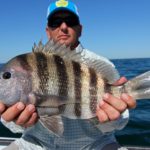
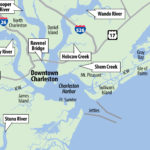
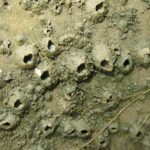
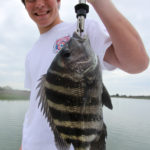
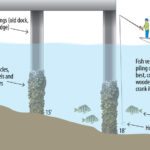

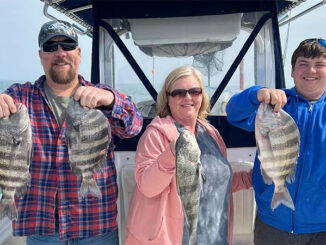


Be the first to comment